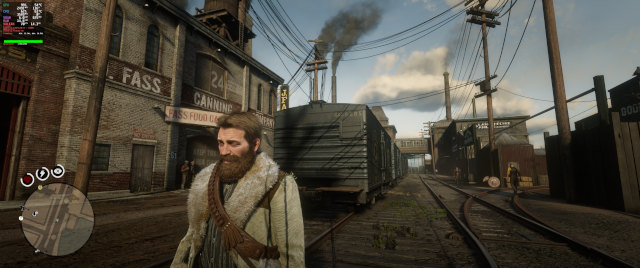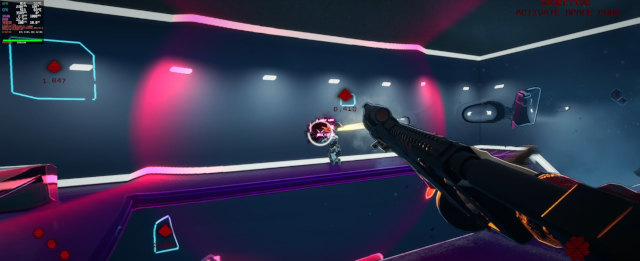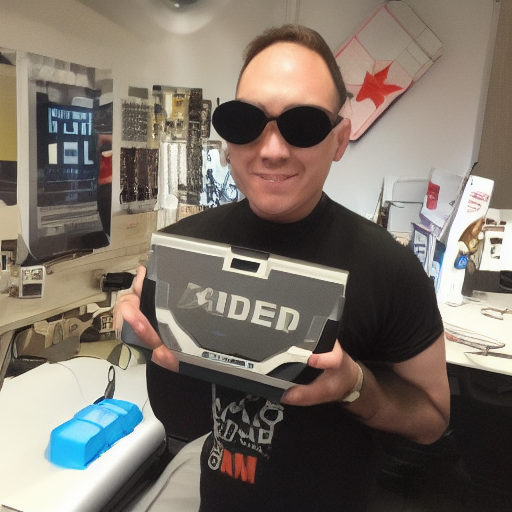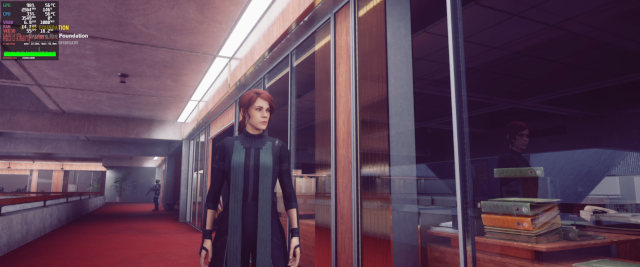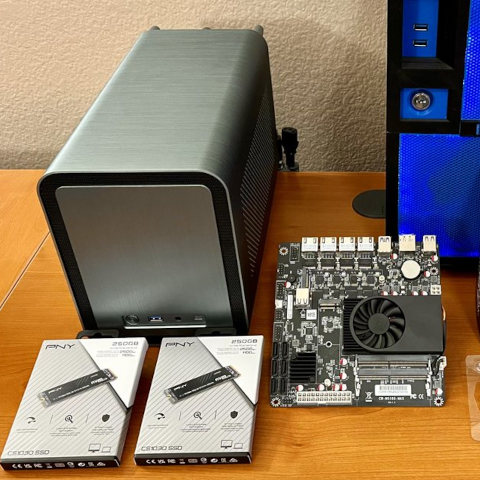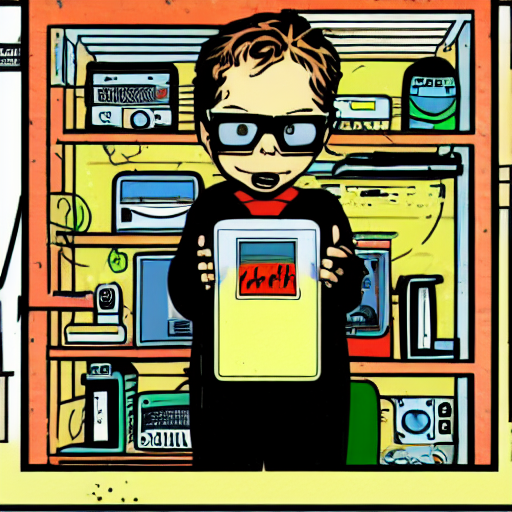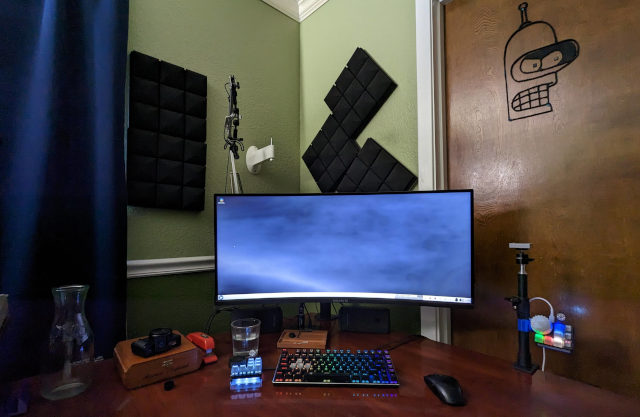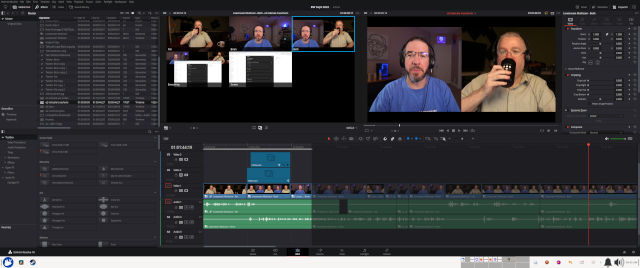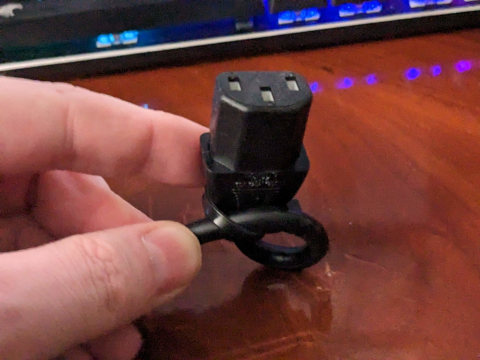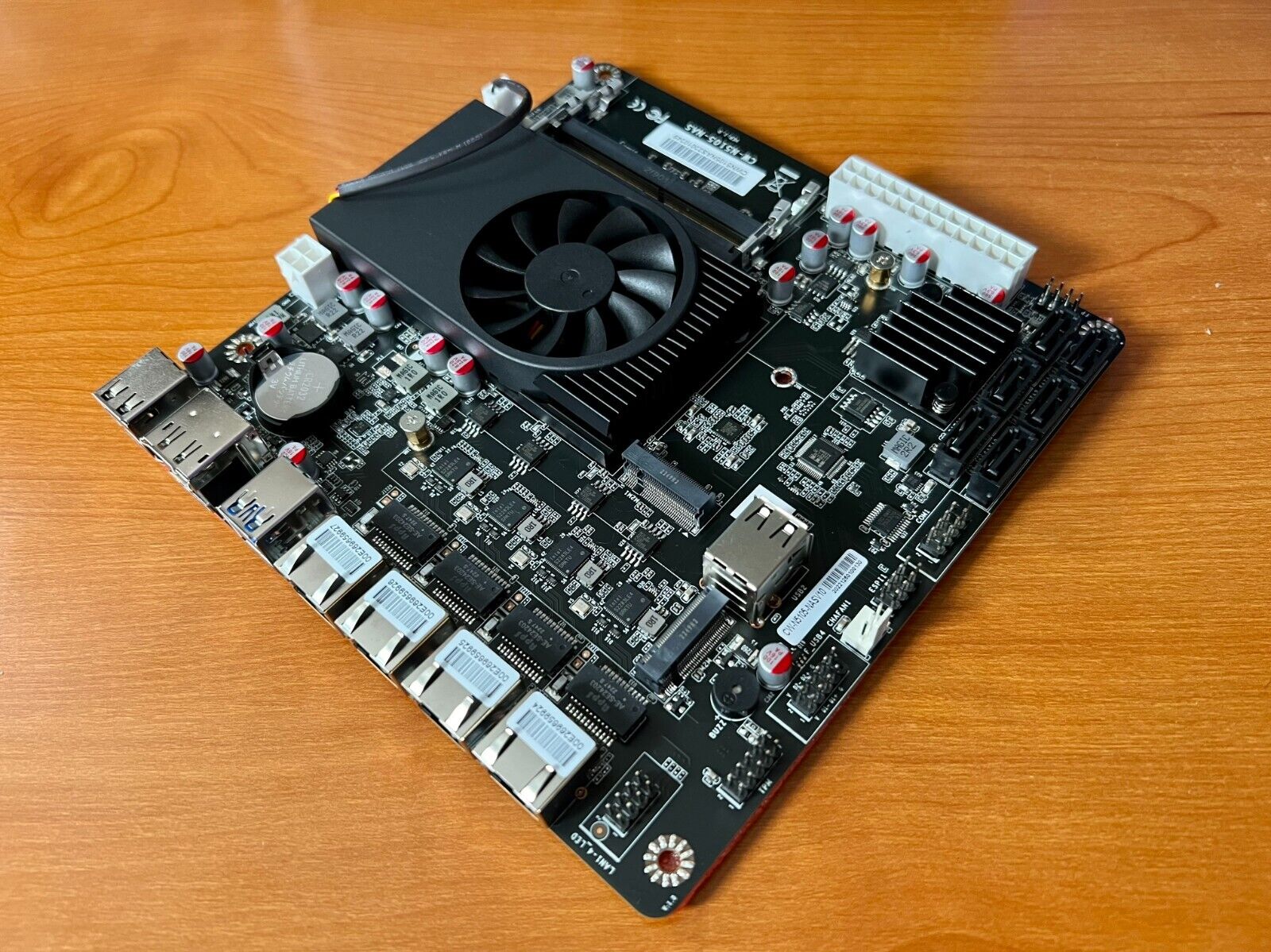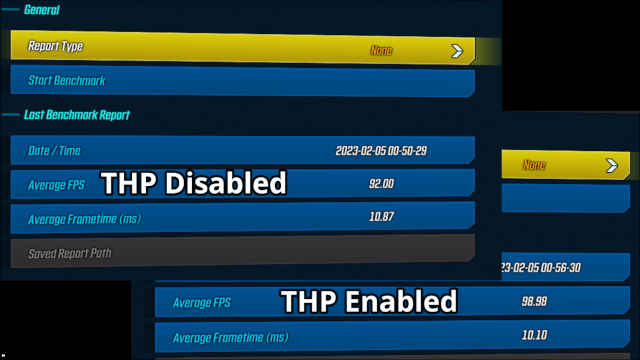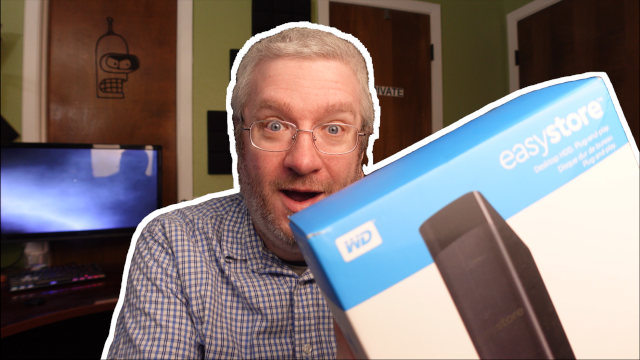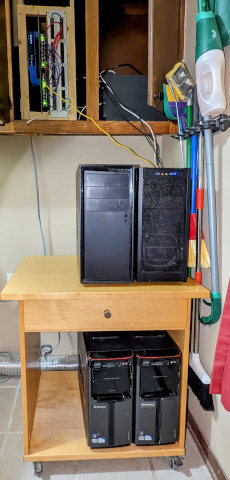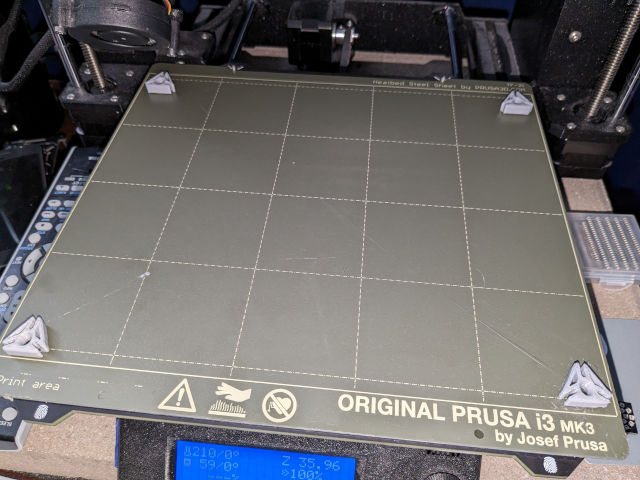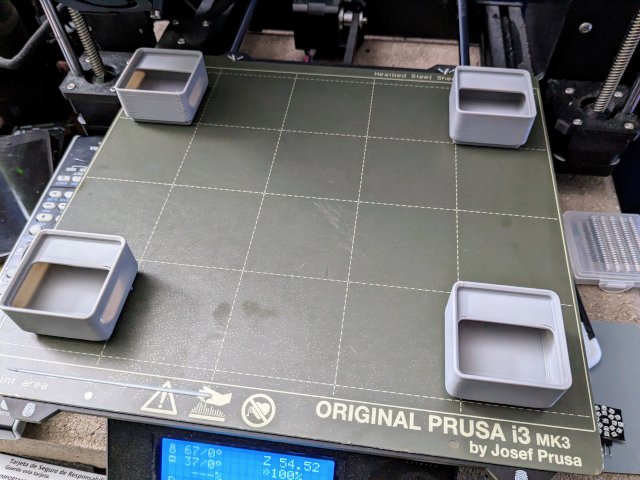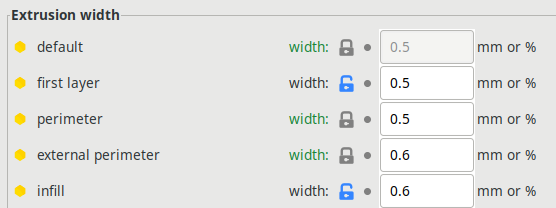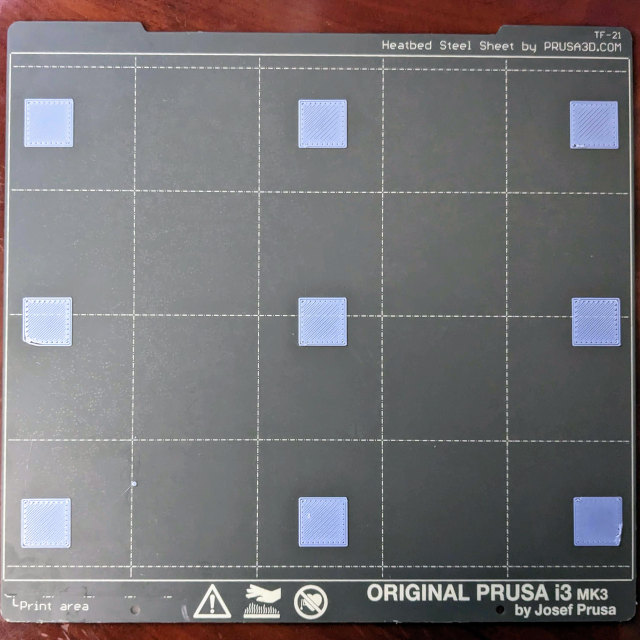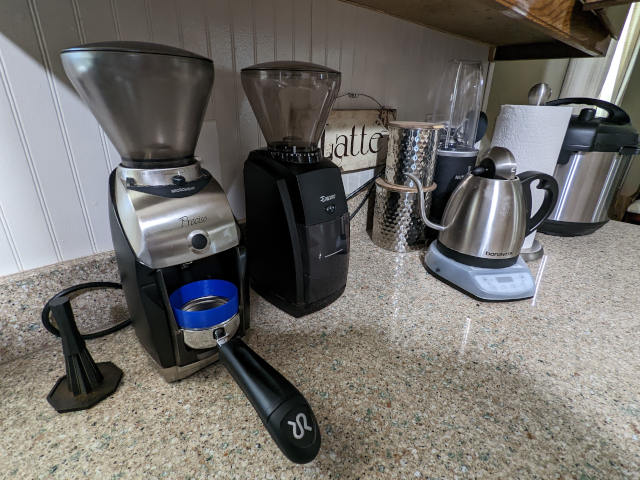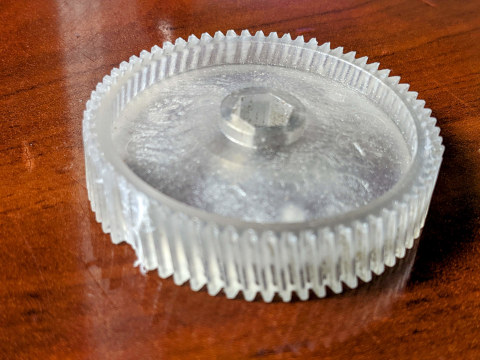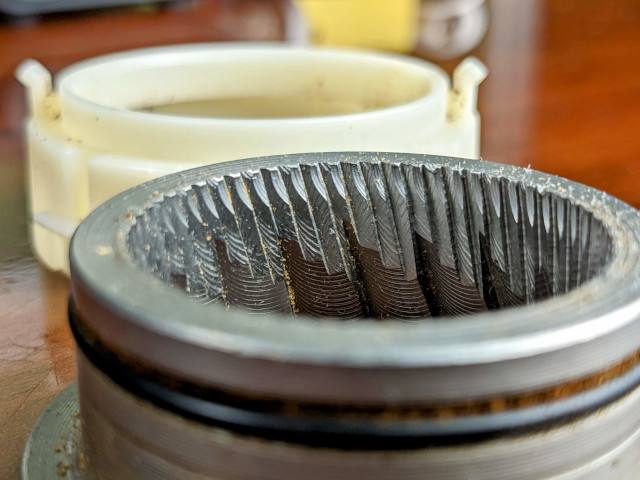It was about eleven years ago when I helped my friend Brian Moses run Ethernet to every room in his house. Once he decided that the router and switches would live in an actual cupboard in his laundry room, Brian and I ran all but one of the cables to the laundry room ourselves.
Getting the first string over the vaulted ceiling in the attic to help pull most of the actual cables probably took one entire evening. The roof just isn’t tall enough to allow for much arc on a throw, and the longer the string gets, the more drag you get. Today it would take us two minutes to fly an FPV drone across the attic towing a string.
- My Network Cupboard: The Dramatic Conclusion at Brian’s Blog
How did I end up with Brian Moses’s network cupboard?!
We were sitting in Brian’s kitchen one evening about five years ago, and I remember him jabbering about being interested in moving into a bigger house. He was complaining about how much work it would be getting things ready to be listed, and clearing out of the house whenever a potential buyer wanted to see the house.
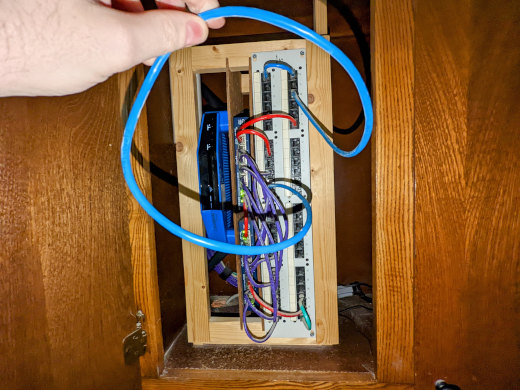
I figured out what this long ass cable is! It is bypassing the extra layer of switches there and connecting my office to the switch ports on the router. Maybe I should color code that and make a correct length cable!
I am pretty sure I said, “It sounds like everything would be easier if I just bought the house.” I didn’t have to go see all sorts of random houses. I didn’t have to put in any bids. I didn’t have to worry about what sort maintenance the previous owner had done. Best of all, I knew the quality of the workmanship that went into running cable to every room in the house.
Why did I wait five years to write an update on how the network cupboard is doing?!
I didn’t do much to the network cupboard when we moved in other than swap in my own router, and that doofy tube-shaped router of mine made the cupboard a mess! It didn’t even come close to fitting where the router is supposed to go, so I just had it dangling by a couple of patch cables back there, and the door to the cupboard wouldn’t even close!
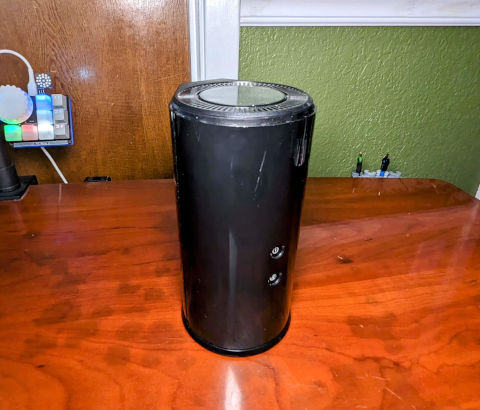
NOTE: The old D-Link DIR-860L running OpenWRT has a crack and some scratches!
My network cupboard just wasn’t photogenic for a long time.
What is in my network cupboard?
The heart of my network cupboard is a custom 17” rack that Brian and I built. The frame is made out of simple 1x2 lumber that is held together with half-lap joints and screws. The rack is rotated ninety degrees from the usual orientation so that it fits in the cupboard. It is hinged on the left and has a magnetic latch on the right, so it is easy to open things up to get to the back of the patch panel.
What is in the rack?
- a used 48-port patch panel from eBay
- two 8-port unmanaged gigabit Ethernet switches
- a Linksys WRT3200ACM running the latest OpenWRT
What else is in the cupboard?
- a tube of a conduit running up into the attic
- an APC 425VA Back-UPS
I had all of this connected to a CloudFree smart outlet for a few weeks, and I learned that the power usage is quite steady. The network gear and any extra overhead from the UPS uses precisely 0.45 kWh each day, which works out to an average of 18.75 watts. This tiny UPS doesn’t have any monitoring capabilities, but it should keep my network running for quite a few hours.
There are a pair of pegboard shelves slotted into the wood rack. The gigabit Ethernet switches are mounted to one shelf. It has been a decade since we put them in place, but I am fairly certain that those switches have keyhole slots for screws in the bottom. We used those slots to correctly mount the switches to the pegboard.
I was about to tell you that the Linksys router doesn’t have keyhole slots on the bottom, so I wound up running some zip ties through the pegboard to secure the router in place. That last part is true, but I just asked Google to show me pictures of the underside of the Linksys router. It does have keyhole slots on each of the feet. I just didn’t remember to use them!
- My Network Cupboard: The Dramatic Conclusion at Brian’s Blog
- Enabling WiFi Fast Transition Between Access Points with OpenWRT
- Eliminating My NAS and RAID For 2023!
What isn’t in my network cupboard?
The Frontier FiOS ONT is on the opposite side of the house. It gets power from a closet in one of our bedrooms. The FiOS gear is plugged into an identical UPS, and it uses a lot less power than the gear in the cupboard, so it should last even longer when the power goes out.
There are also two additional access points in the house, both of which are running OpenWRT. These two access points and the Linksys router in the network cupboard all in the same 802.11r roaming group.
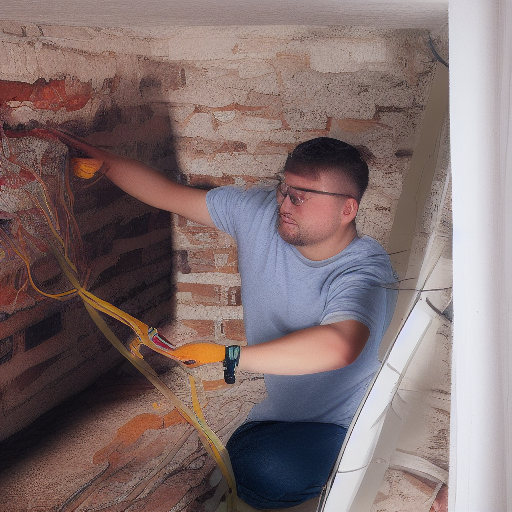
I have an ancient D-Link DIR-860L, a.k.a. one of the tube routers, in my office. This access point runs a virtual serial port to connect my Prusa MK3S 3D printer to my Octoprint virtual machine on the other side of the house. The D-Link and Prusa share a UPS. There are also two cheap gigabit switches on opposite sides of my office.
A TP-Link Archer A7 is near the center of the house. This access point is really enough to cover the entire house, but I needed a router in the network cupboard, and I needed an OpenWRT device next to my 3D printer. Those two OpenWRT routers are at the far ends of the house. If I have to have them there, then I may as well use them to provide better WiFi coverage, right?!
The TP-Link in the living room is the only network device in the house with no UPS. Maybe that is worth correcting!
My homelab server now lives under my network cupboard
My homelab server and its NAS virtual machine used to be connected to my workstation using a 40-gigabit Infiniband network. That has required me to keep the two machines within about six feet of each other unless I want to install fiber in my walls. This is a bummer, because I have been using my office as a video studio, so I have been trying to cut down on noise.
I bought a few hard drives, set up some lvmcache, and made sure all my data was syncing in the background so I could eliminate the need for a lightning-fast network connection. Then I pulled the Infiniband cards, stuck a rolling media cart under my network cupboard, and hauled the homelab server across the house.
The server looked lonely out there, so I brought in a couple of ancient computers from the garage to fill up the cart. They aren’t plugged in. They are just taking up space.
This cart used to hold Brian Moses’s DIY NAS and his 3D printer. It was the home of my 3D printer for a few years. Now it lives in the laundry room under my network cupboard.
I figured the cart was a good idea. This way my homelab server won’t drown if there is ever a washing machine calamity! This is also approximately where Brian’s homebrew-beer Keezer used to live.
Is a room with so much water the best place for my gear?
I am sure we can all agree that water is bad, but I think the laundry room is the best spot in this house for my homelab server to live.
It is tucked in over by the garage. The room is big enough to walk around in, but not so big that anyone would ever want to spend some time there. The laundry room has its own door, and it is far enough away that no one will ever have to hear the hum of the fans and hard disks. There is also quite a bit of wasted floor space in there.
I have backups of everything. Rebuilding and restoring the server will be the least of my concerns if we spring a major leak in there.
That said, I certainly don’t expect to have some sort of localized flooding in the laundry room that manages to drench a server that is 30” above the ground.
What is next for my network cupboard?
For the moment I am in pretty good shape here! I can upgrade our FiOS Internet service to symmetric gigabit with a phone call, and I tested the Linksys WRT3200ACM to make sure it could route that fast before I even installed it.
I am more than a little tempted to upgrade some of my home network to 2.5 gigabit Ethernet. Switches have gotten down to around $20 per port, and 2.5 gigabit PCIe and USB network adapters can be had for less than $30 each. That would be an easy and reasonably priced upgrade!
I have done work over the past year or so to ween myself off of my requirement for a stupidly fast network. I have been saying that I would like to be able to be able to work with all my data without any slowdowns as long as my devices are connected with a 100 megabit per second connection.
- DIY NAS: 2023 Edition at Brian’s Blog
Should you be doing the same thing in 2023?
I imagine that at least half of this question is really whether or not you should wire a house for data in 2023. The answer to that is most definitely no.
WiFi 5 and WiFi 6 are both fantastic. Our televisions are all on WiFi, and the streaming services only use a fraction of our WiFi bandwidth. My laptop can manage something near half a gigabit from any table or couch in the house. Our WiFi is doing a fantastic job. It helps that we live in a house. Every apartment complex I have lived in has been overflowing with WiFi networks, and that causes all sorts of bandwidth reductions and dropped packets.
1 2 3 4 5 6 7 8 | |
Even in our house, we still need at least a few cables. Our WiFi worked just fine when we only had one access point in the middle of the house, but we needed a cable in the wall to get the access point to that location.
I also prefer to have wired connections at every desk. My wife works from home, so she should have a reliable, low latency connection at her desk. I have a handful of things with Ethernet ports in my office aside from my workstation.
I enjoy playing multiplayer video games. I appreciate that the connection from my gaming computer to my router only fluctuates by the smallest fraction of a millisecond. If I am going to miss a shot that causes me to lose, I want it to be my fault. I don’t want to miss because my WiFi latency decides to shoot up to 20 or 30 milliseconds at the exactly the wrong moment.
You might be able to avoid running wires!
Do you want a solid, reliable, low-latency connection at your desk? Just make sure you have your Internet provider install their gear near your desk. Then you can wire up everything at your desk, and use WiFi where the latency and reliability isn’t a problem.
Our offices are at extreme ends of the house. We needed to run cables through the walls no matter what.
How much would it cost to build a network cupboard?
The heart of my network cupboard is that DIY wood frame that we are using as a 19” rack and the 48-port patch panel. It isn’t something you can just buy, but two unskilled yahoos were able to turn a few dollars in 1x2 lumber into a network rack in an afternoon.
We didn’t need a 48 ports, but used 48-port patch panels are always nearly free on eBay. Just make sure you pick one that still has the jacks installed!
I bet you can buy the lumber, hinges, a fully loaded patch panel, and a 16-port gigabit Ethernet switch for a total of less than $100.
Why didn’t we use rack-mount switches?
Putting rack-mount switches into a 19” rack seems like the obvious choice, doesn’t it? Brian bought a pair of 8-port switches because they were cheaper, offered some redundancy, and they definitely didn’t have fans.
I am sure the past decade has changed things, but when we were shopping, all the used 19” rack-mount gigabit Ethernet switches had fans and used quite a bit more electricity. This was going to be closed in a wood cabinet, so hotter gear wasn’t going to be ideal.
If Brian bought a used rack-mount gigabit switch ten years ago, do you think the fans all still be spinning today?
Conclusion
I feel like I may have accidentally written two blogs in one. Writing anything about whether we need to wire an entire house for Ethernet in 2023 could probably be a blog of its own, but I am not so sure it would be an interesting one.
Brian and I built my network cupboard more than a decade ago. I remember some of our ideas, but that is long enough ago that I don’t know who came up with each part of the plan. I am definitely glad that we came up with a plan, because I am still enjoying our work today, and I will be continuing to make use of it for years to come!
- My Network Cupboard: The Dramatic Conclusion at Brian’s Blog
- 40-Gigabit Infiniband: An Inexpensive Performance Boost For Your Home Network
- Eliminating My NAS and RAID For 2023!
- Enabling WiFi Fast Transition Between Access Points with OpenWRT
- Can You Run A NAS In A Virtual Machine?
- DIY NAS: 2023 Edition at Brian’s Blog
